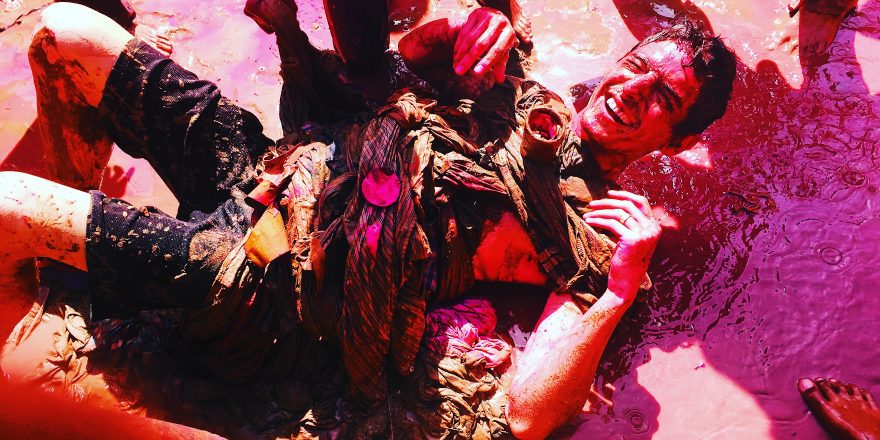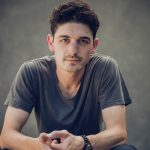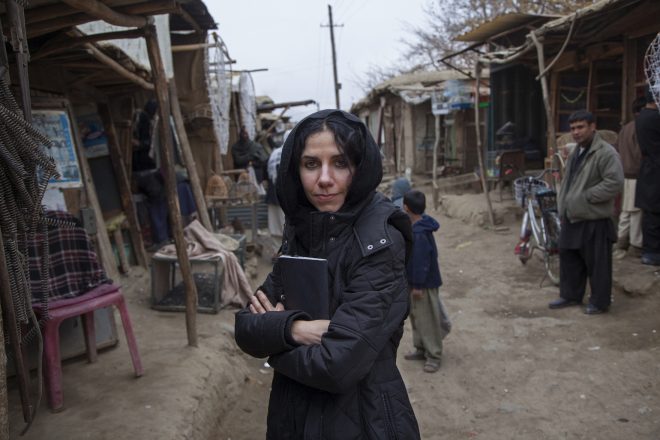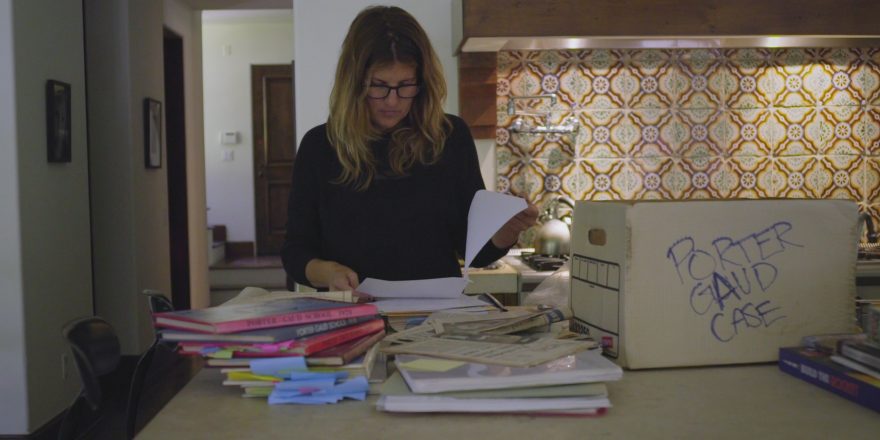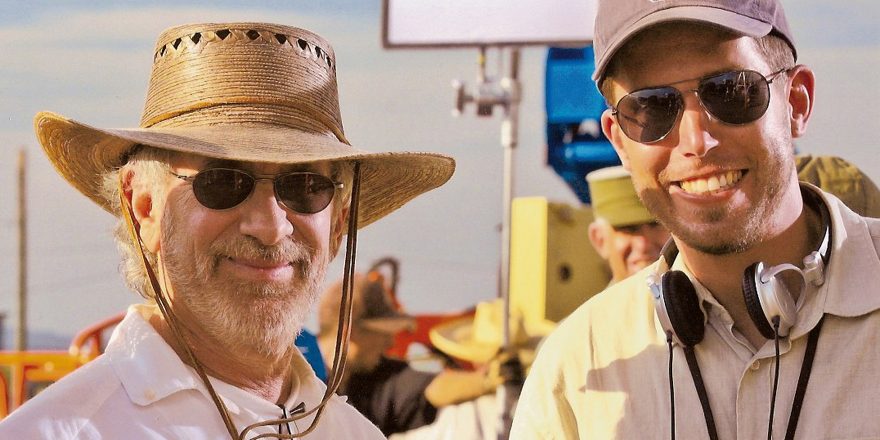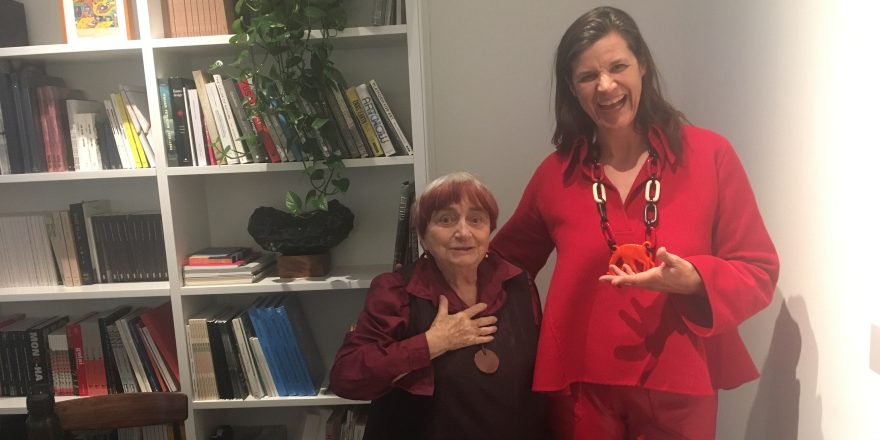The first question people usually ask me when I tell them I’m a documentary filmmaker is, “What kinds of documentaries do you make?” To which I reply, “Movies about people I love.” The question that typically comes next is, “You must travel a lot. Where’s your favorite place you’ve ever been?” The first few times I got asked that question, I racked my brain for an answer. The list is very long and I struggled to come up with a good answer. Because to me, the most memorable experiences have been less about the place and more about the people I shared them with.
Travel is one of the many perks of the job. And the more I’ve thought about that question, the more I’ve realized that I’ve had as profound experiences in a family’s home in the American South as I’ve had in a remote village or a dying glacier on the other side of the globe. You could travel somewhere a million times as a tourist and never see a particular village, town or country the way I do as a documentary filmmaker. That’s because I get to see the world through the eyes of the people who live in the places I visit. I get to eat their home-cooked meals, meet their friends and families, listen to their music, pet their dogs or cats or goats, play silly games with their kids, and drink their home-brewed liquor.
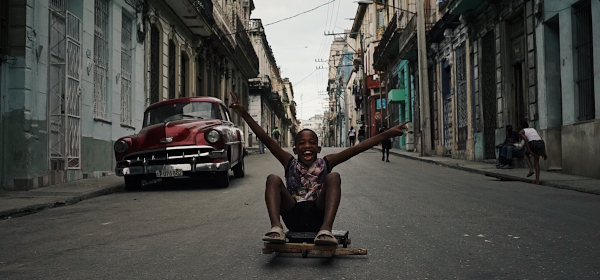
I love my job. Deeply. To exist as a documentary filmmaker, I think you have to live and breathe it. You have to feel it in your bones. There is no “off” switch. We’re either immersed in the story we’re telling or thinking about the next one. Usually both.
Putting someone’s life story on film is a profound responsibility that I take very seriously. In pursuit of the truth, you need to crawl under someone’s skin and earn their trust. You need them to be vulnerable and open with you, a relative stranger. That means opening yourself up to them. Immersing yourself in their world. Absorbing their reality as if it were your own. And spending time — real time — with your subjects.
I often visit my documentary subjects (sometimes for weeks) before I show up with a crew and begin shooting. And later, while I am there with my crew, I try to show restraint about when I bring the camera out and roll. It’s that time in between when connections are made, when people can let their guard down and truly be themselves without the pretense of how it might look in the movie. The magic, of course, is when they’re comfortable enough to do that while the cameras are rolling, but my hope is that connection is felt in the work, regardless. That that closeness, that intimacy, that honesty, shows up on screen and is felt by an audience.
Each project is an opportunity to delve deep into a new world. One that I might not already be familiar with, but will most certainly become an expert in before the project is complete. This offers up a wide array of new experiences I likely would have never had otherwise.

In India, I spent time with children who had just been rescued from slavery by Nobel Peace Prize laureate Kailash Satyarthi and his team of daring emancipators. We had countless broken conversations over plates of rice and dal using the Google Translate app on my phone. I’d let them futz around with the camera and we’d play competitive games of cricket. On my 30th birthday, they threw marigolds into the air and surrounded me in song and dance — a pure celebration of life. These kids were days removed from some of the most harrowing conditions you could imagine, re-learning what it means to be a child, and not just allowing themselves to experience joy, but passing that joy on to me.
During the Holi festival, they dragged me out from behind the camera, covered me in paint, mud and water, collectively hoisted me into the air, then jubilantly paraded me around the ashram while music thumped through the loudspeakers.
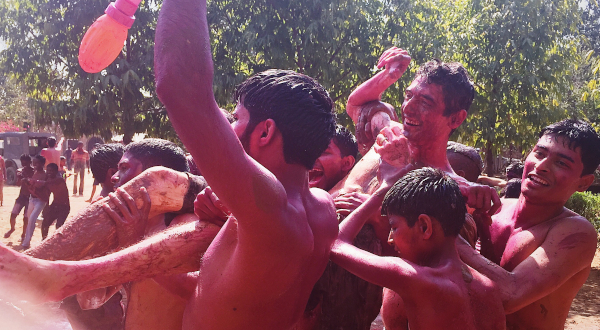
In Clarksdale, Mississippi, a Sunday dinner with the extended family of a subject who didn’t even make the final cut. In the kitchen, he talked fervently about one of his favorite tricks in the bedroom. A story I won’t repeat here, other than to say that it included a freshly cut lemon. Out back, my D.P. stomped out a fire that accidentally escaped the pit when some errant lighter fluid splattered the dry grass. In the den, between pulls from a plastic handle of Popov vodka, the eldest uncle explained to me — completely unprompted, by the way — how he definitely did not murder his ex-wife. Later that night, the subject took me to Red’s Juke Joint — one of the last two remaining original juke joints in the delta — to drink way too many High Lifes and watch 87-year-old Cadillac John sing the blues.
In Coney Island, a lunch with a support group for Russian-American families of 9/11 victims. A meal that I expected to be heartbreaking and dour, but was instead filled with love and support and exuberant storytelling.
In Frankfort, Kentucky, Toby Curtsinger insisted on cooking me some fried snapping turtle so I wouldn’t leave the state without having tried it. I feasted with his family on their hand-built backyard deck while curious deer looked on from the woods at the edge of their property line.

In Newport Beach, I’ll never forget sitting in Kobe Bryant’s office trying to convince my childhood hero to keep the scene with his dad in Italy — and what I considered his origin story — in the movie I edited about him, Kobe Bryant’s Muse. I felt Kobe’s story was one of an outsider. Someone who was isolated, always on the outside looking in. And that started in Italy, where his dad was a pro, when he would tag along trying to be part of his dad’s basketball games and practices, but was instead shunned. Kobe was convinced including that story would drum up ugly press that he did not want to deal with. But I pushed him. Hard. He finally said, “You’ve been working your ass off, so Imma let you give it one more go. It’s not good enough as is, but I’ll give you half an hour to recut the scene and we’ll go from there. But just know, my mind’s already made.” I raced over to my machine and furiously reworked the scene. He came over and watched it with Rob Pelinka (his agent at the time, now the G.M. of the Lakers) and as it ended, punched me in the shoulder and said, “You motherfucker, I was all ready to say it’s coming out, but it’s beautiful, man. The scene stays.” One of my prouder moments.
I remember him texting me late one night asking what the inspiration was for one of the chapters I was working on in the film. I responded by saying Martha Marcy May Marlene and gave him a little context. At 9 a.m. the next day, we were dissecting the movie and what lessons we could apply to the documentary.
Back in Delhi, I was going out one night with one of the rescuers to this little hole-in-the-wall restaurant where they served this delicious beef stew — one of the only places you can find beef in the city — while they pulled rotis out of the clay oven by hand and served them steaming hot. Earlier that day, I was sitting in a dingy police station, swatting mosquitoes on my neck, while he yelled at the local police chief to go find the phone that had been picked out of my pocket on a reconnaissance mission. I was so embarrassed to be the American who’d gotten pickpocketed and was now wasting everyone’s time. But that phone was miraculously found and returned to me. I still don’t quite understand how, but I’m grateful for that time with Arshad — even if it was uncomfortable and slightly mortifying.
Nestled deep in the woods in Northern California, I visited Penny Patterson shortly after her gorilla Koko had passed, while exploring the possibility of telling their story in a documentary. The house was a disorganized shrine to Koko, with Penny’s life work stacked floor to ceiling in nearly every room. We shared a plate of Chinese food as she lovingly explained how Koko had been communicating with her from the afterlife.
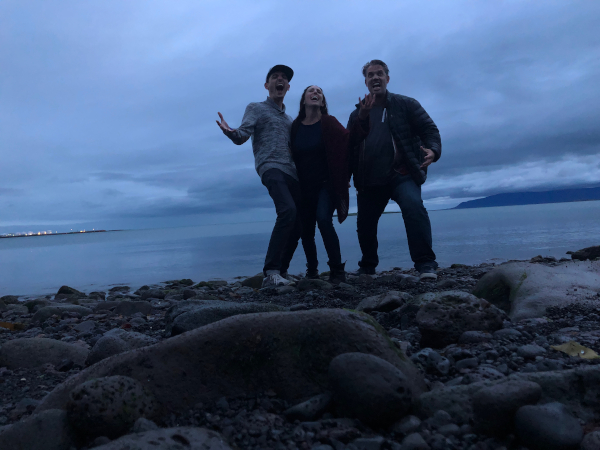
Sometimes these bonding moments happen with the crew and fellow filmmakers. On the last night of a shoot in Iceland, our little crew jumped into the Arctic Ocean and let out our best Viking roars. On the outskirts of Havana, my producer and dear friend Sarah Anthony and I found ourselves in a little dive bar drinking mojitos and dancing with locals. On one trip to India, we got there only to discover our visas had just expired. So, we jettisoned to Kathmandu and climbed the stairs up to the Monkey Temple while we waited for the new ones to process. In Rajasthan, we climbed the oldest mountain range on Earth (or so we’d been told) to watch the sunrise over the valley below. Back in Mississippi, I played bingo on Oscar Sunday with Morgan Freeman. He gifted me a scented candle.
There are countless more stories like this. Many of which don’t necessarily seem wild enough to print, but nonetheless have left an indelible mark on my life. Seemingly innocuous moments that have shown me the power of the human spirit, the depths of love humans can have for one another and that at our core, we all want the same things.
It’s easy to get caught up in the chaos of it all, or in the stresses of meeting impossible deadlines on tight budgets with understaffed crews working far too many hours for not nearly enough money. I’ve learned that in making documentaries, you have to expect the unexpected at every stage of the process. To plan for the things you can’t see coming. But at the end of the day, I’m incredibly grateful to have the privilege of doing this job and sharing these stories. When things get hard, I sometimes have to take a step back and remind myself of that … remind myself that these myriad experiences have shaped my perspective for the better.
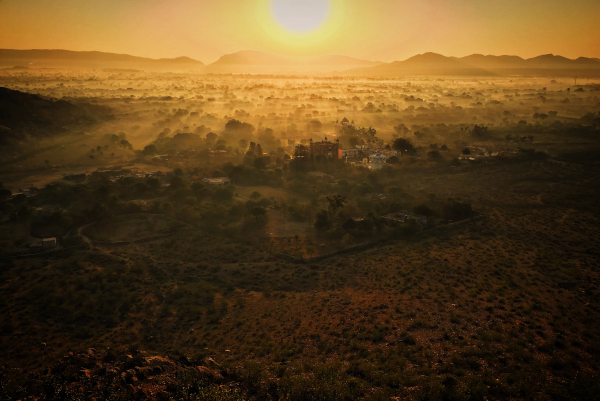
It probably sounds a little corny, but they’ve made me appreciate all the little “nothing” moments in my own life with my own family. As I reminisce on my childhood, I can appreciate my mom reading to me every night before bed, and the ritual of my dad saying, “I love you from here to here and all the way around to here,” as he enveloped me in his arms. A random car ride to who- knows-where with my grandpa. Darting through traffic with my now-wife on the day we met to buy wine and cheese from a gas station during the intermission of Wicked in London. And all the many little moments with our two-year-old, Hank. Blowing up balloons, skating around town, catching him as he jumps fearlessly in the pool. The “big” moments are there too, but I’m glad I can appreciate the little ones in between, all the same.
All images courtesy Derek Doneen.


